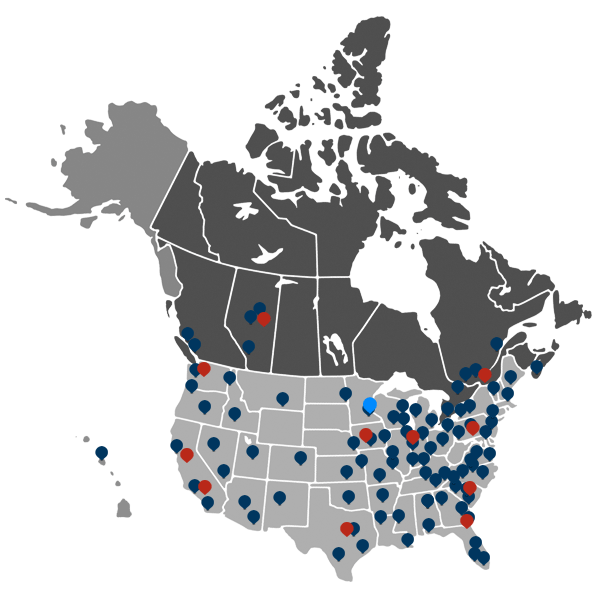SANTA ANA, Calif. (AP) — After a four-year legal battle, Toyota is entering settlement talks on nearly 400 state and federal lawsuits that allege sudden unintended acceleration problems with its vehicles led to deaths and injuries.
If you or a loved one were injured or a loved one was killed because of TOYOTA'S SUDDEN ACCELERATION problem that TOYOTA ignored, denied, found excuses for, can you imagine being forced to wait for YEARS?
Joint motions filed late Thursday in U.S. District Court in Santa Ana and Los Angeles County Superior Court indicated both sides would begin an ‘‘intensive settlement process’’ next month.
The Japanese automaker, which has recalled millions of cars since 2009 over the acceleration issue, agreed to the negotiations to make resolving the cases more efficient, spokeswoman Carly Schaffner told The Associated Press on Friday.
‘‘We continue to stand behind the safety and quality of our vehicles,’’ she said.
Cases that don’t settle after a two-stage mediation process will go back to court for trial, said plaintiffs’ co-lead counsel Mark Robinson Jr., but most of the
375 claims will likely get resolved.
Those
375 CLAIMS
represent people who have been HARMED or INJURED or the families of those KILLED in or by TOYOTA VEHICLES.
‘‘It’s not practical to try all these cases,’’ he said. ‘‘You've got two chances to get your case settled and if you’re a plaintiff, at least you’re not just sitting in some file in the courthouse.’’
The settlement negotiations come less than two months after an Oklahoma jury awarded a total of $3 million in damages to the injured driver of a 2005 Camry and to the family of a passenger who was killed.
Jean Bookout and Barbara Schwarz
The ruling was significant because Toyota had won all previous unintended acceleration cases that went to trial. It was also the first case where attorneys for plaintiffs argued that the car’s electronics — in this case the software connected to the Camry’s electronic throttle-control system — were the cause of the unintended acceleration.
At the time, legal experts said the Oklahoma verdict might cause Toyota to consider a broad settlement of the remaining cases. Until then, Toyota had been riding momentum from several trials where juries found it was not liable.
Robinson said attorneys for plaintiffs had been discussing a streamlined settlement process with Toyota before that verdict, but the Oklahoma case ‘‘couldn’t have hurt’’ those talks.
Toyota has blamed drivers, stuck accelerators or floor mats that trapped the gas pedal for the acceleration claims that led to the big recalls of Camrys and other vehicles. The company has repeatedly denied its vehicles are flawed.
No recalls have been issued related to problems with onboard electronics. In the Oklahoma case, Toyota attorneys theorized that the driver mistakenly pumped the gas pedal instead of the brake when her Camry ran through an intersection and slammed into an embankment.
Sean Kane, president of Massachusetts-based Safety Research & Strategies, said the Oklahoma verdict likely moved Toyota to the negotiating table because it targeted electronics.
‘‘Nobody did until that case and they got hammered — and they got hammered in a conservative venue,’’ said Kane, who researches consumer safety in motor vehicles for plaintiff attorneys and has been closely following the Toyota litigation.
‘‘The evidence that came out in that trial has attracted global attention that is remarkable,’’ he said.
After the verdict, jurors told AP they believed the testimony of an expert who said he found flaws in the car’s electronics. They also pointed to 150 feet of skid marks on the road as evidence the driver was desperately trying to brake.
‘‘What makes the accelerator open? The computer,’’ juror Vickie Potter said after the verdict.
Toyota pointed out that no one has been able to replicate the unintended high-speed acceleration despite access to the automaker’s software.
‘‘The bottom line is that there are no real-world scenarios in which Toyota electronics can cause a high-speed unintended acceleration event,’’ Schaffner, the Toyota spokeswoman, said at the time.
Toyota previously agreed to pay more than $1 billion to resolve hundreds of lawsuits claiming that owners of its cars suffered economic losses because of the recalls. But that settlement did not include those suing over wrongful death and injuries. Those lawsuits have been consolidated in the state and federal courts in California.
In October, Toyota won a California state court case in which plaintiffs argued the automaker was liable for the death of a woman whose 2006 Camry crashed because the company hadn’t installed a system that could override the accelerator. The woman’s family was seeking $20 million in damages.
_______
Associated Press Writers Tom Krisher in Detroit and Sean Murphy in Oklahoma City contributed to this report.






